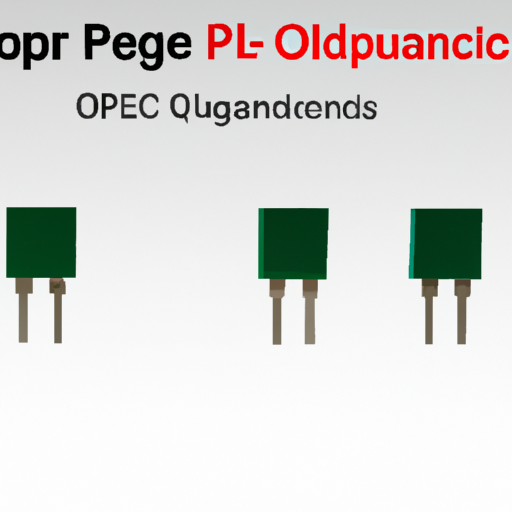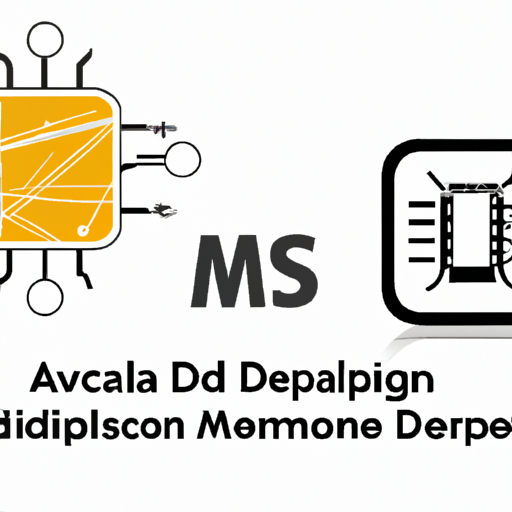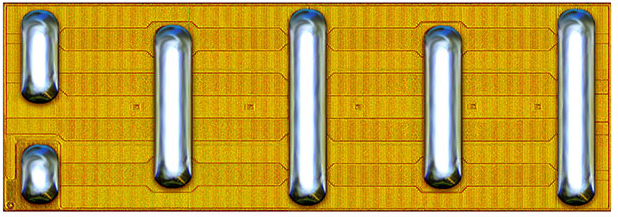application development in SCRs for ECQ-P1H153GZ: key technologies and success stories
Application Development in SCRs for ECQ-P1H153GZ: Key Technologies and Success Stories
Silicon Controlled Rectifiers (SCRs), such as the ECQ-P1H153GZ, play a pivotal role in modern power electronics. Their ability to control high voltage and current makes them essential in various applications. Below is an overview of the key technologies involved in SCR application development and notable success stories that highlight their effectiveness.
Key Technologies
1. Power Electronics: SCRs are integral to power electronics, enabling efficient control of electrical power in applications like motor drives, power supplies, and lighting systems. Their ability to handle high power levels makes them suitable for industrial and commercial applications.
2. Thyristor Technology: As a type of thyristor, SCRs provide efficient switching capabilities. Understanding their operational characteristics, such as gate triggering and latching behavior, is crucial for effective application design.
3. Control Systems: Advanced control algorithms, including PID (Proportional-Integral-Derivative) controllers, are often integrated with SCRs to enhance performance in applications like temperature control and motor speed regulation. These algorithms help maintain desired operational parameters.
4. Microcontroller Integration: The integration of microcontrollers or Digital Signal Processors (DSPs) allows for precise control and monitoring of SCRs. Features such as soft-start, overcurrent protection, and fault detection can be implemented, improving system reliability and safety.
5. Thermal Management: Effective thermal management is vital for SCR applications to prevent overheating. Techniques such as using heat sinks, thermal pads, and active cooling systems ensure that SCRs operate within safe temperature limits, enhancing their longevity and performance.
6. Simulation Tools: Tools like SPICE, MATLAB/Simulink, and PSpice are essential for simulating SCR circuits. These simulations help optimize designs and predict performance before physical implementation, reducing development time and costs.
7. Communication Protocols: In smart applications, SCRs can be integrated with communication protocols (e.g., CAN, Modbus, Ethernet) for remote monitoring and control. This integration is crucial for applications in smart grids and IoT-enabled devices.
Success Stories
1. Industrial Motor Drives: A manufacturing facility upgraded its motor control systems using SCRs, resulting in a 20% reduction in energy consumption. The SCR-based drives provided precise control over motor speed and torque, enhancing operational efficiency.
2. HVAC Systems: A commercial building retrofitted its heating system with SCR-based controls, leading to a significant decrease in energy costs and improved temperature regulation. The SCRs allowed for better modulation of heating elements, optimizing energy use.
3. Renewable Energy Systems: In a solar farm, SCR technology was implemented to manage power conversion, achieving higher efficiency and reliability in energy output. The SCRs facilitated effective control of the inverter, maximizing energy harvest from solar panels.
4. Lighting Control Systems: In a large theater, SCR-based dimmers were installed, allowing for smooth lighting transitions and reducing energy usage by 30%. The SCRs enabled precise control over lighting levels, enhancing the overall ambiance and energy efficiency.
5. Electric Vehicle Charging Stations: A manufacturer of EV charging stations integrated SCRs into their design, resulting in faster charging times and improved energy efficiency. The SCRs allowed for better management of power flow, accommodating varying charging demands.
Conclusion
The development of applications using SCRs, particularly models like the ECQ-P1H153GZ, involves leveraging advanced technologies and learning from successful implementations. By understanding the key technologies and drawing inspiration from real-world success stories, developers can create efficient, reliable, and cost-effective solutions across various industries. The versatility and performance of SCRs continue to drive innovation in power electronics, making them a vital component in modern electrical systems.







